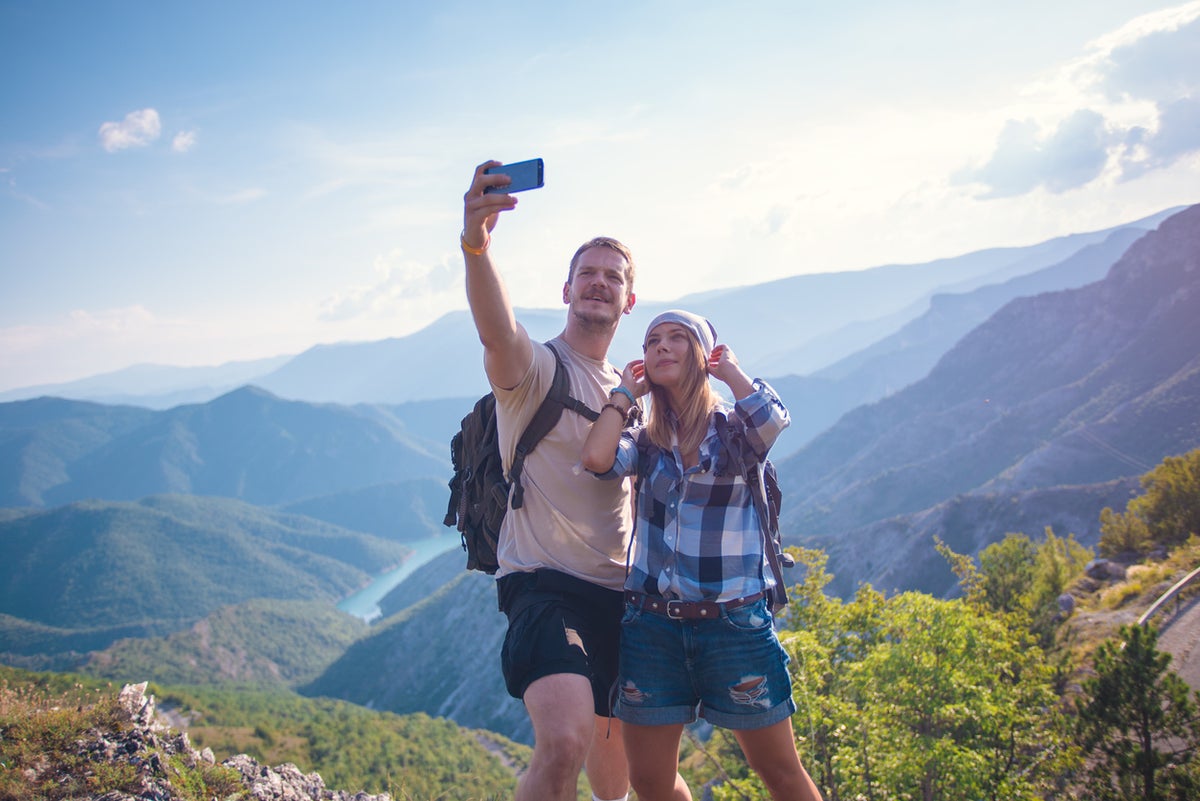
“Instagram tourists” seeking to get the perfect snap at UK beauty spots are being blamed for a spike in rescue missions on some of the country’s tallest peaks.
Mountain rescue teams operating in the Lake District, Snowdon and Ben Nevis have all seen demand spike over the past 12 months.
Phil Kirby, chairman of Langdale Ambleside Mountain Rescue in the Lake District, claimed the increase was because of “Instagram tourism”.
Mr Kirby told The Times the term was picked up from his colleagues in Norway “a few years ago” and involves “people seeing pictures of places on the internet and saying: ‘I’ve got to go and see that’.”
Twelve mountain rescue teams operating in the Lake District were projected to have handled a record 714 emergency calls last year.
For comparison, the average for the previous seven years was 602 and has never surpassed 681.
The Llanberis mountain rescue team, which responds to emergencies on Snowdon, Wales’s tallest mountain, had recorded 305 incident by mid-December last year.
That figure was a record for any single mountain rescue team in Britain. Before 2008 the team had never been called to more than 100 incidents in a year.
Tourists flock to the Lake District and other UK beauty spots to get selfies— (PA)
Meanwhile, Lochaber, the team that operates on Ben Nevis, Britain’s highest peak, reached 158 rescues in mid-December, which was higher than the 154 recorded for the whole of 2022.
Instagram is filled with pictures of people at beauty spots across the UK, with many trying to replicate images they have seen others posting on the social media app.
“Instagram has expanded people’s awareness of places they can go,” Mr Kirby explained. “They pick it up and think ‘I’ll go there’ but without the necessary preparation.
“It’s just the way we are now. We have access to so many things we didn’t have.”
And the trend is not just confined to the UK, with people posing in popular beauty spots across Europe and the rest of the world to create content for their Instagram accounts.
A natural platform called the Pulpit Rock, offering impressive views over a fjord in Norway, has attracted huge amounts of unprepared Instagram tourists.
“People trek up to this thing and the weather changes,” Mr Kirby added. “They’ve had up to 30 people they’ve had to get off.”
In December last year, a group of tourists who were warned against taking selfies in a Venice gondola capsized the boat in the water.
The gondolier was attempting a difficult move under a bridge near St. Mark’s Square before he also fell into the murky canal.
Local media reported that the group was moving around and standing up in the gondola to take pictures when the incident happened, ignoring the requests of the gondolier to remain seated.
Footage posted to social media showed the tourists clinging to the side of the boat.
Mountain rescuers in the UK have become so concerned about the trend that they have set up a website aimed at informing inexperienced climbers of the basic requirements before heading to a mountain.
It provides advice on the correct clothing and footwear people should wear if they go climbing or visit a high peak and warns of how weather conditions can quickly change.
Dr Richard Griffiths, chairman of Llanberis Mountain Rescue, said that volunteers were finding it hard to balance their commitment to help others with their personal lives amid the increase in call outs.
He warned that volunteers may not be able to “respond to those in need quickly” as the service gets busier and busier.







